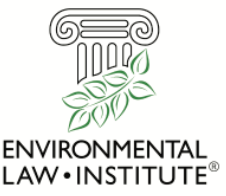|
Source
|
Web search www.sciencedaily.com/releases/2020/10/201013134304.… |
|
Organization
|
Friedrich Schiller University Jena |
|
Market status
|
Early Stage Concept |
|
Industry
|
Medical |
|
Business models
|
B2B + B2C |
|
Product categories
|
Medical Treatment + Medicine |
|
Biotech components
|
Bacteria |
|
Organization type(s)
|
University |
|
Funding types
|
University |
|
Notes
|
“A bacterial toxin promoting tissue healing has been discovered. The compound, found in Staphylococcus aureus, does not just damage cells, but also stimulates tissue regeneration…The Professor for Pharmaceutical Chemistry and his team have studied the molecular defence mechanisms of the human immune system in the fight against such Staphylococcus aureus infections and made a surprising discovery. As the research team reports in the current issue of the specialist journal Cell Reports, the toxic cocktail with which Staphylococcus aureus damages cells and tissues also has positive effects: specific immune cells are stimulated by the bacterial toxin to produce specialised messenger substances that help to reduce inflammation and to promote tissue healing. Prof. Werz expects this hitherto unknown mechanism to be significant for future treatments of skin inflammation and chronic wounds...The researchers showed that ?-hemolysin binds to specific receptor proteins on the surface of M2 macrophages and thus triggers the production of anti-inflammatory messenger substances in the cells, which then cause the inflammation to resolve. In the study, the scientists were also able to show that these transmitters promote tissue regeneration in an animal model. The anti-inflammatory messenger substances include resolvins, maresins and protectins that are formed from omega-3 fatty acids” |
Added 4 years ago
Last modified 4 years ago

